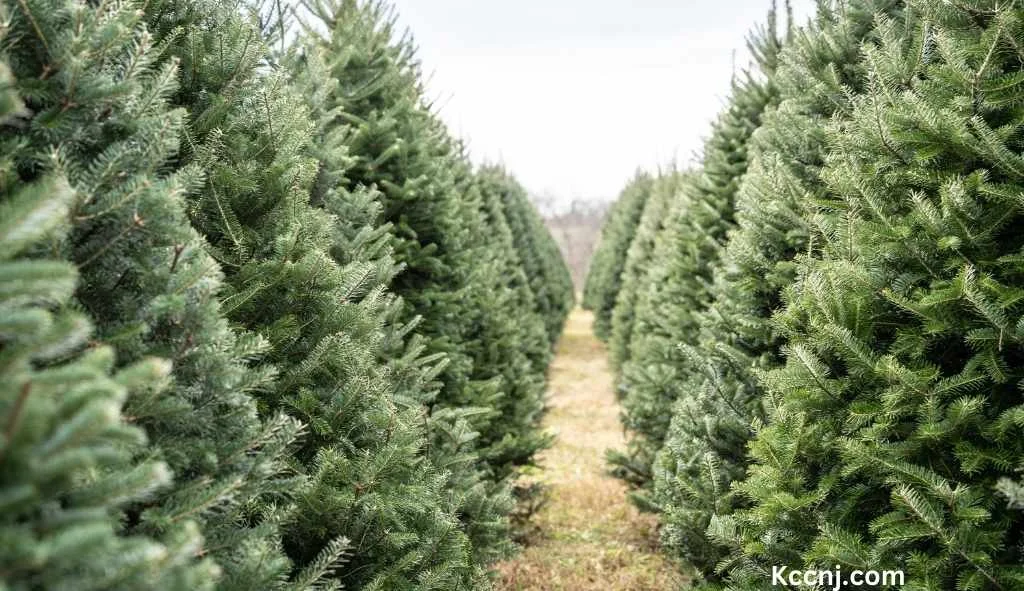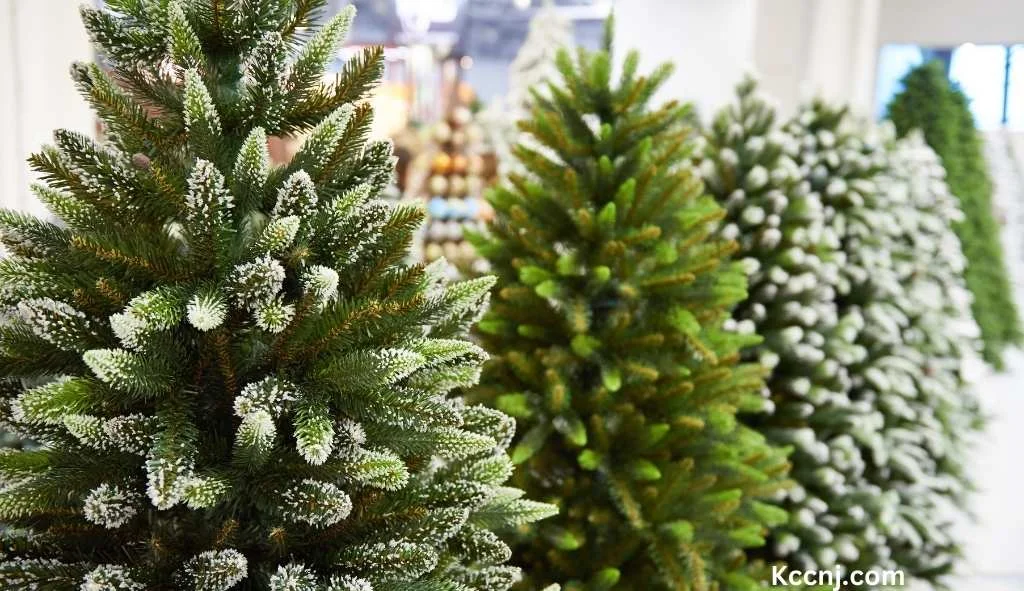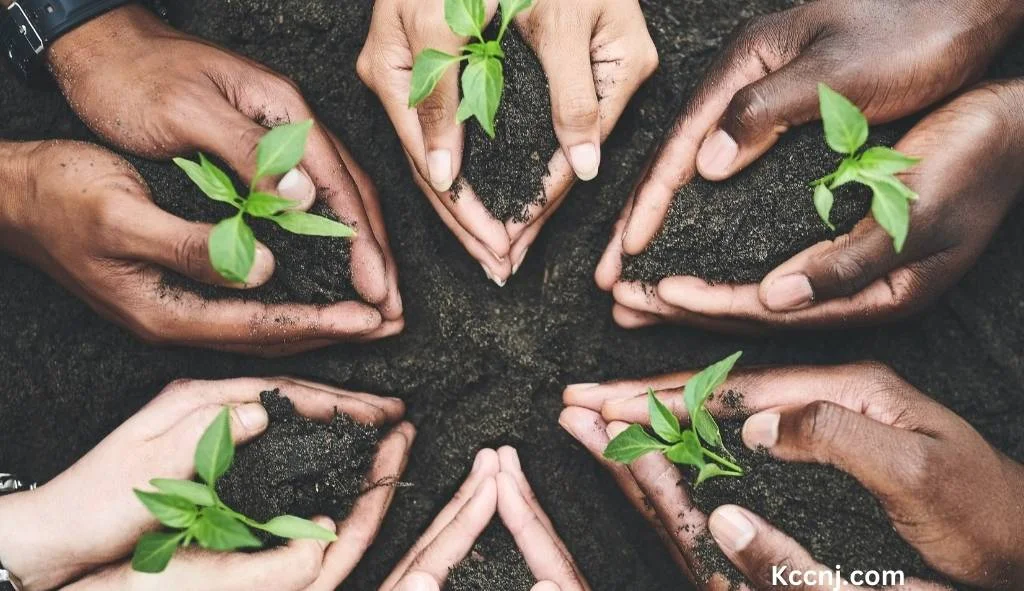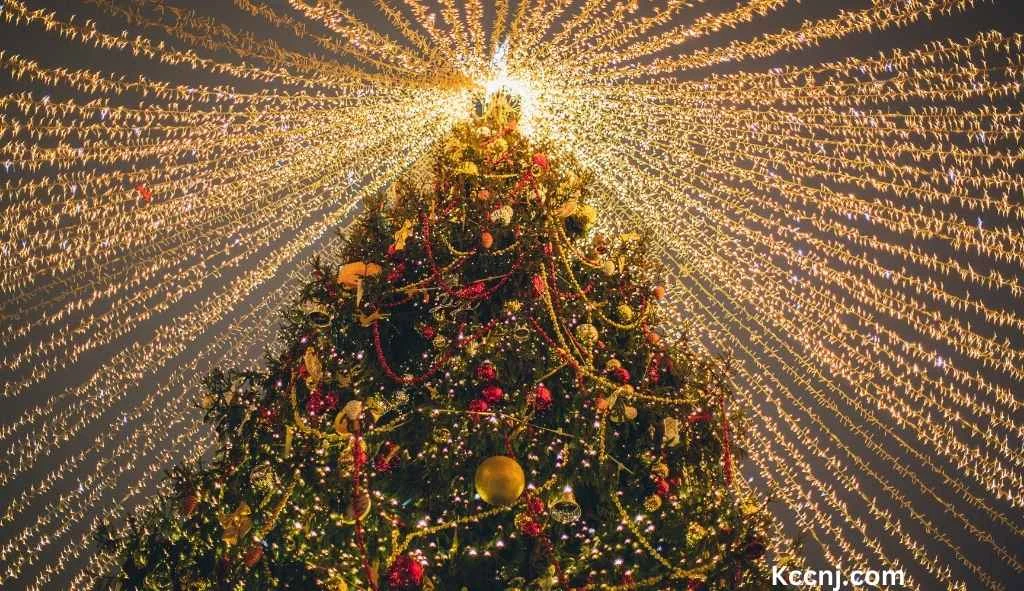The Dark Truth About Christmas Trees
The dark truth about Christmas trees lies in their environmental impact. While real trees absorb CO2, improper disposal in landfills increases their carbon footprint from 3.5 kg to 16 kg CO2. Artificial trees have a higher initial impact of 40 kg CO2 and take 12 years of use to match real trees environmentally. Pesticide use, monoculture farming, and habitat disruption for tree farms also pose significant ecological concerns.
Environmental Impact of Christmas Trees
Real vs Artificial Trees
Real Christmas trees are generally better for the environment than artificial ones. A 6.5-foot artificial tree has about twice the carbon footprint of a real tree. Artificial trees are made from plastic derived from fossil fuels and are often shipped long distances from manufacturing centers in China. When discarded, they end up in landfills where they do not biodegrade.
Real trees, on the other hand, are renewable resources. They absorb carbon dioxide as they grow and can be recycled or composted after use. Christmas tree farms also provide habitat for wildlife and prevent soil erosion on agricultural land.
However, the environmental impact of real trees depends on how they are grown and disposed of. Trees grown on peatland or using excessive pesticides can be harmful. Sending used trees to landfills instead of recycling them increases their carbon footprint significantly.
Carbon Footprint and Disposal
A real Christmas tree absorbs about 1 ton of CO2 during its lifetime. However, if sent to a landfill after use, its carbon footprint can increase to over 30 pounds of CO2 as it decomposes.
Proper disposal methods like composting or chipping for mulch minimize the environmental impact. Many areas offer Christmas tree recycling programs. Recycled trees can be used for erosion barriers, fish habitats, and other purposes.
Pesticide Use
Conventional Christmas tree farms use pesticides to control insects, weeds, and fungi. On average, about 1/4 ounce of pesticides are used per tree during its lifetime. While this is a relatively small amount compared to many food crops, organic Christmas tree farms avoid synthetic pesticides altogether.
Christmas Tree Production

Tree Species and Growing Regions
Popular Christmas tree species in the U.S. include:
- Fir trees (Douglas fir, Fraser fir, balsam fir)
- Pine trees (Scotch pine, Virginia pine)
- Spruce trees (blue spruce, white spruce)
Major Christmas tree growing regions include the Pacific Northwest, North Carolina, Michigan, Pennsylvania, and Wisconsin. Different species are suited to different climates and soil types.
Tree Farm Practices
Christmas trees are typically grown as a crop on farms. They are planted as seedlings and take 6-10 years to reach marketable size. During this time, the trees require pruning and shaping to achieve the classic Christmas tree form.Sustainable Christmas tree farms use practices like:
- Planting new seedlings to replace harvested trees
- Using integrated pest management to reduce pesticide use
- Planting cover crops between tree rows to prevent erosion
- Leaving some areas as wildlife habitat
There are about 350,000 acres in production for growing Christmas Trees in the U.S., with close to 15,000 farms. The industry employs over 100,000 people full or part-time.
Water Usage and Land Use
Growing a real Christmas tree requires about 530 litres of water over its lifetime. This is relatively low compared to many other crops, with most farms relying on natural rainfall rather than irrigation.Christmas tree farms in the UK cover about 2,000 hectares. While this land could be used for other purposes, Christmas tree farms provide environmental benefits such as carbon sequestration and wildlife habitat.
Harvesting and Transportation
Most Christmas trees are harvested in November and early December. They are cut by hand or with mechanical harvesters, then baled and loaded onto trucks for transport to retail lots.The environmental impact of transportation depends on the distance between the farm and the point of sale. Buying from local tree farms reduces transportation emissions.
Artificial Christmas Trees

Manufacturing Process
Artificial Christmas trees are typically made from polyvinyl chloride (PVC) plastic and metal. About 80% of artificial trees worldwide are manufactured in China. The manufacturing process involves:
- Extruding PVC into thin, flat strips
- Cutting and shaping the strips to resemble pine needles
- Attaching the “needles” to wire branches
- Assembling the branches onto a metal pole “trunk”
This process requires significant energy input and produces chemical byproducts. About 85% of artificial trees sold in the U.S. are manufactured in China.
Lifespan and Disposal
The average lifespan of an artificial Christmas tree is 6-9 years. To have a lower environmental impact than buying a real tree each year, an artificial tree needs to be used for at least 8-9 years.When discarded, artificial trees typically end up in landfills where they do not biodegrade.
The dark truth about artificial Christmas trees is that PVC plastic can take hundreds of years to break down and may leach harmful chemicals into the soil and groundwater.
Environmental Considerations
Biodiversity Impact
Christmas tree farms can have both positive and negative impacts on biodiversity:Positive:
- Provide habitat for birds and small mammals
- Prevent erosion on hillsides
- Sequester carbon
Negative:
- Monoculture plantations reduce plant diversity
- Pesticide use can harm beneficial insects
- Habitat loss if natural forests are cleared for tree farms
Water Usage
Christmas trees require less water than many other crops. Most farms rely on natural rainfall rather than irrigation. However, drought can affect tree growth and quality.After harvest, real Christmas trees need regular watering to stay fresh. A typical tree may drink up to 1 quart of water per day for each inch of stem diameter.
Energy Consumption
The energy used to produce and transport Christmas trees contributes to their overall environmental impact:Real trees:
- Minimal energy for growing (mostly sunlight)
- Energy for harvesting equipment and transportation
Artificial trees:
- Significant energy for manufacturing
- Energy for long-distance shipping
- No ongoing energy use
Consumer Preferences and Market Trends
According to a YouGov poll, 39% of U.S. adults prefer a real Christmas tree, while 45% prefer an artificial tree. Women (52%) are more likely than men (38%) to want an artificial Christmas tree. Younger men are more inclined to want a real Christmas tree, with men switching their preference to a reusable tree around age 50.
In the United States, approximately 25-30 million real Christmas trees are sold annually. In comparison, 10.9 million artificial trees were purchased in the United States in 2012.
Sustainable Practices

Eco-Friendly Tree Options
Consumers can reduce the environmental impact of their Christmas tree by choosing:
- Locally grown real trees from sustainable farms
- Potted live trees that can be planted after Christmas
- Artificial trees kept for many years
- Alternative decorations like branches or houseplants
Proper Disposal Methods
To minimize the impact of real Christmas trees after the holidays:
- Recycle through municipal programs
- Compost in your backyard
- Use as mulch in the garden
- Sink in ponds to create fish habitats
- Avoid sending to landfills
Supporting Sustainable Tree Farms
Look for Christmas tree farms that use sustainable practices like:
- Organic or low-pesticide growing methods
- Native species suited to the local climate
- Diverse plantings and wildlife corridors
- Water conservation techniques
Final words from KCCNJ
Christmas trees have both positive and negative environmental impacts. Real trees can be a sustainable choice when grown and disposed of responsibly. Artificial trees have a higher initial carbon footprint but may be preferable for those who reuse them for many years.
Consumers can minimize the environmental impact of their Christmas traditions by choosing locally grown trees, practicing proper disposal, and considering alternative decorations. Understanding the full lifecycle of Christmas trees allows for more informed and sustainable holiday choices.







